1. The Ancient Greek Concept of Celestial Spheres
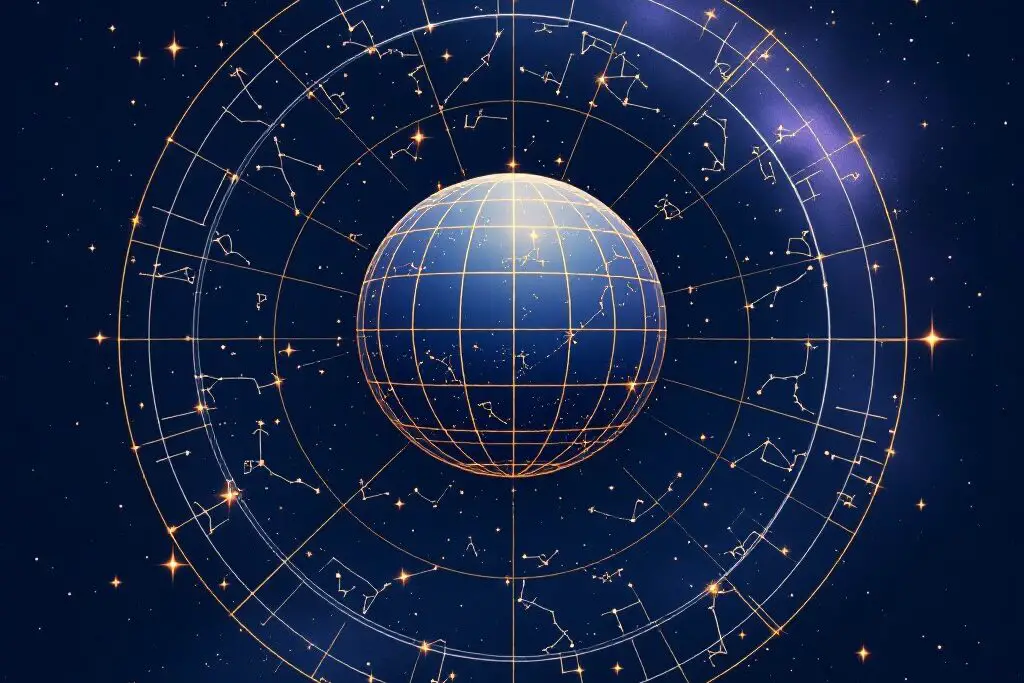
The ancient Greeks believed in celestial spheres, a model where the Earth was at the center of the universe, surrounded by concentric spheres that carried the stars, planets, and the Sun. Aristotle and Ptolemy famously adhered to this geocentric view, with each planet moving in perfect circular orbits on its own sphere. The idea of these spheres made sense in their worldview, offering a way to explain the movement of heavenly bodies.
Fast forward to the development of modern astronomy, and though the geocentric model has been replaced by the heliocentric model, the concept of orbits has endured. Kepler’s laws of planetary motion, which describe elliptical orbits, owe their roots to the idea that celestial bodies move in a predictable, orderly way. While we’ve moved beyond the spheres, the idea that the heavens are structured in a logical manner continues to shape how we understand space.
2. Babylonian Influence on the Zodiac
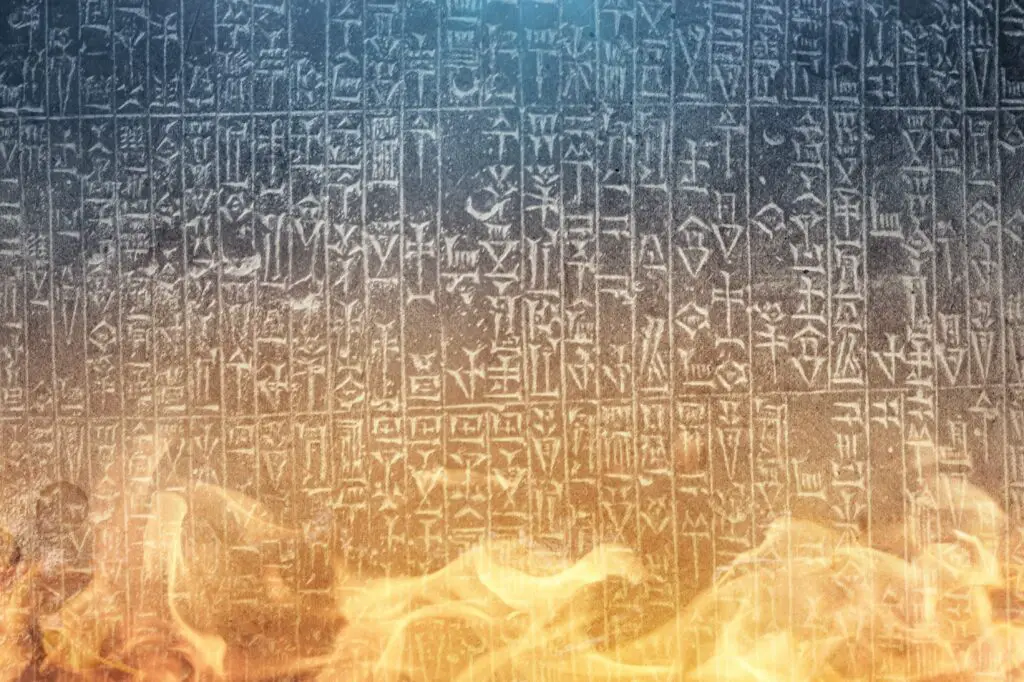
The Babylonians were some of the first to develop the concept of the zodiac, dividing the sky into twelve segments that represented various constellations. They associated each zodiac sign with different times of the year and believed the positions of the stars influenced human fate. This system was central to their astronomical practices, including timing agricultural activities and predicting future events.
Today, we still use the zodiac as a cultural reference in astrology, even though modern science has shown no empirical link between the stars’ positions and personality traits. The Babylonians also laid the groundwork for understanding celestial navigation, which would later aid explorers and scientists. Their early recognition of the importance of the night sky has been carried forward in both astrology and astronomy.
3. Egyptian Star Clocks
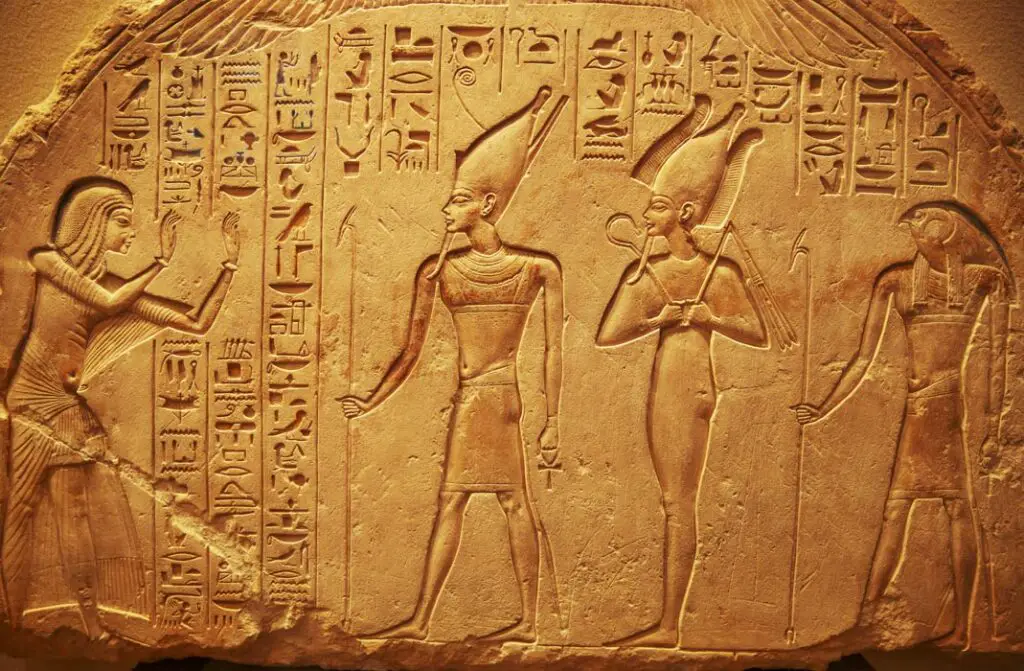
The ancient Egyptians placed great importance on the stars, with the stars of Orion and Sirius playing central roles in their religious and astronomical beliefs. They created star clocks that helped them track time, aligning their rituals with the movement of the stars. The heliacal rising of Sirius, marking the start of the annual flooding of the Nile, was especially significant in Egyptian culture.
Modern science has built on this knowledge, especially in the field of timekeeping. The idea of using celestial bodies to mark specific times, like how the Egyptians tracked Sirius, parallels how we rely on the Sun and stars for navigation and time synchronization today. Their early innovation in using the sky to measure time paved the way for advancements in both astronomy and horology.
4. Chinese Lunar Calendars

Ancient Chinese astronomers were highly skilled at observing the sky and created a complex system based on the movements of the Moon. Their lunar calendar, which divided the year into twelve lunar months, influenced their agricultural practices, festivals, and even personal lives. The Chinese also made detailed observations of solar eclipses and planetary movements, contributing valuable data to later astronomical discoveries.
In modern times, while the Gregorian calendar dominates much of the world, lunar calendars are still important in certain cultures, like the Chinese New Year. The precision with which ancient Chinese astronomers tracked the lunar cycles also led to the development of sophisticated timekeeping systems. Their observations continue to resonate in both scientific and cultural practices today.
5. Native American Sky Lore

Many Native American tribes had their own beliefs and stories tied to the sky, often attributing spiritual significance to the stars and constellations. The Lakota Sioux, for example, used the stars to guide their way, and their mythology often revolved around celestial beings and events. These stories helped explain the changing seasons, weather patterns, and the cycles of life.
While these beliefs may not align with modern science, they were based on careful observations of the sky. Today, the idea that natural events and celestial phenomena are interconnected with life on Earth has influenced fields such as environmental science. The importance of maintaining a deep connection with nature and the cosmos, as emphasized in Native American cultures, resonates with modern ecological practices.
6. Mayan Astronomy and Calendar Systems

The Mayans were exceptionally advanced in their study of the stars and developed one of the most accurate calendar systems of the ancient world. They meticulously tracked the movements of Venus, the Moon, and the Sun, and incorporated this knowledge into their daily lives, religious practices, and predictions. The Mayan calendar is still revered today for its precision and ability to track the passage of time with remarkable accuracy.
In modern science, the concept of the Mayan calendar has influenced the development of more accurate timekeeping systems and the study of cycles in astronomy. The Mayans’ dedication to the study of celestial bodies was a precursor to the more detailed calendars and astronomical charts that guide us today. Their knowledge helped lay the groundwork for modern understandings of time and celestial mechanics.
7. The Greek Understanding of Eclipses
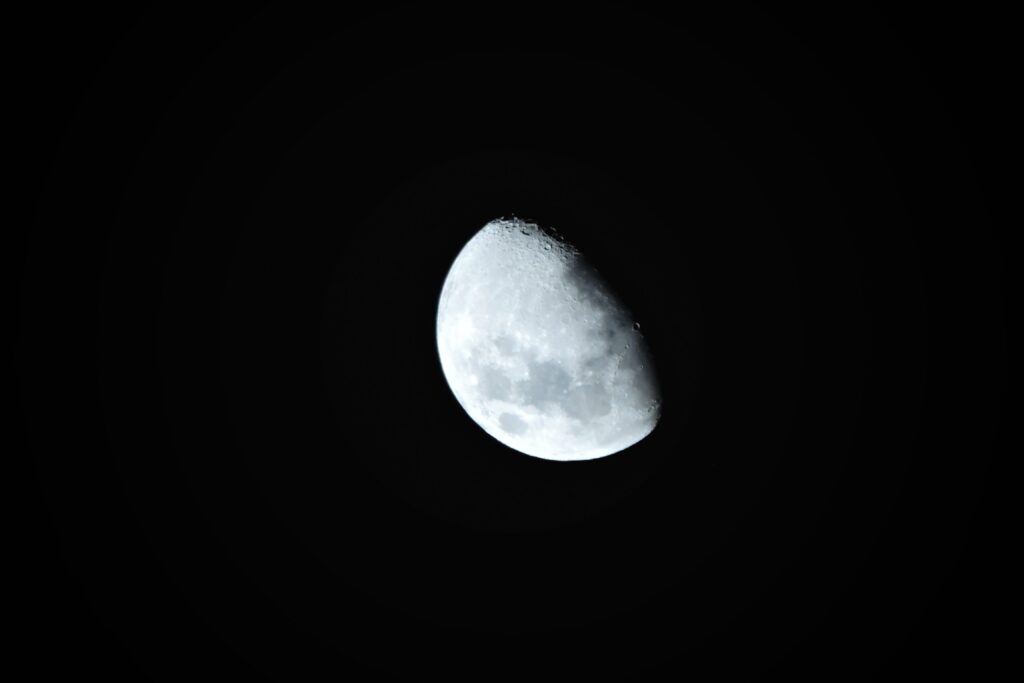
The ancient Greeks were among the first to develop a scientific explanation for eclipses. Prior to their discoveries, eclipses were often seen as omens, a sign from the gods. Greek philosophers like Anaxagoras and Hipparchus, however, understood that eclipses were caused by the alignment of the Earth, Moon, and Sun, marking them as predictable events rather than divine messages.
Today, eclipses are understood with great precision, thanks to centuries of astronomical study. The Greek insight that eclipses could be predicted and understood through natural causes is foundational to modern astronomical techniques. Their move from superstition to scientific understanding paved the way for centuries of celestial observation and study.
8. Viking Star Navigation
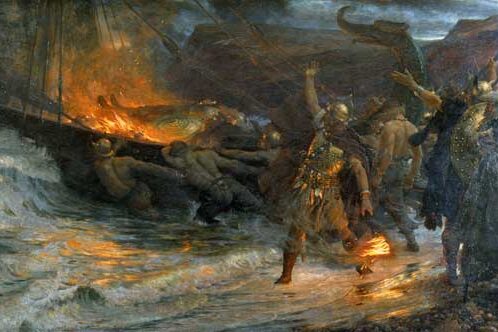
The Vikings were renowned for their seafaring skills, and they relied heavily on the stars for navigation. They used tools like sunstones to locate the Sun’s position and determine their direction, even in cloudy weather. Their understanding of the sky was crucial for their expansive voyages, reaching as far as North America long before Columbus.
Modern navigational techniques, particularly in celestial navigation, owe a great deal to the Vikings’ methods. The concept of using the stars to guide exploration has influenced how we navigate today, from simple compasses to complex GPS systems. The Vikings’ reliance on the sky for direction exemplifies the timeless connection between astronomy and exploration.
